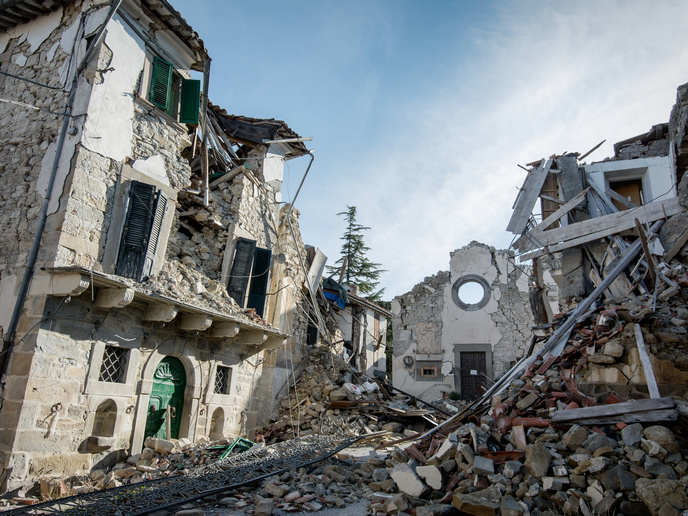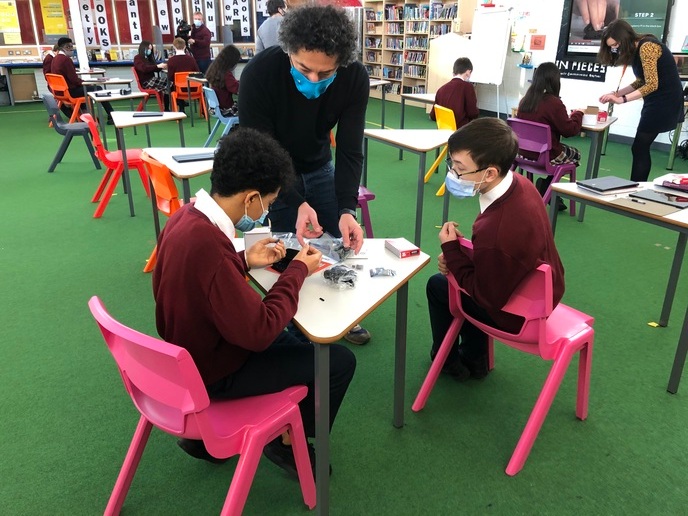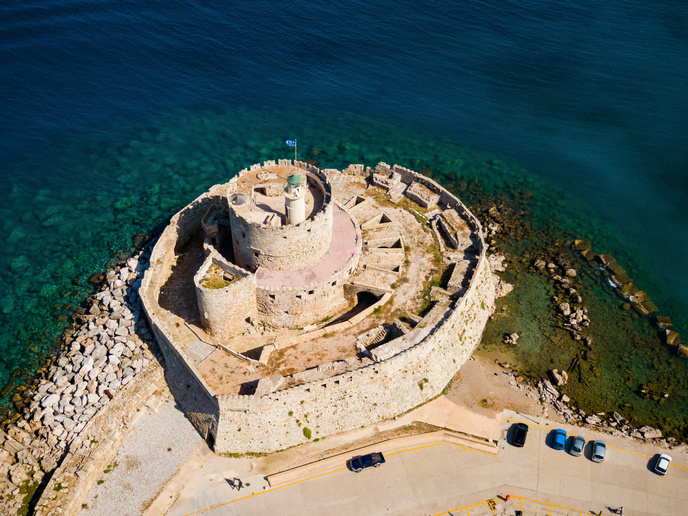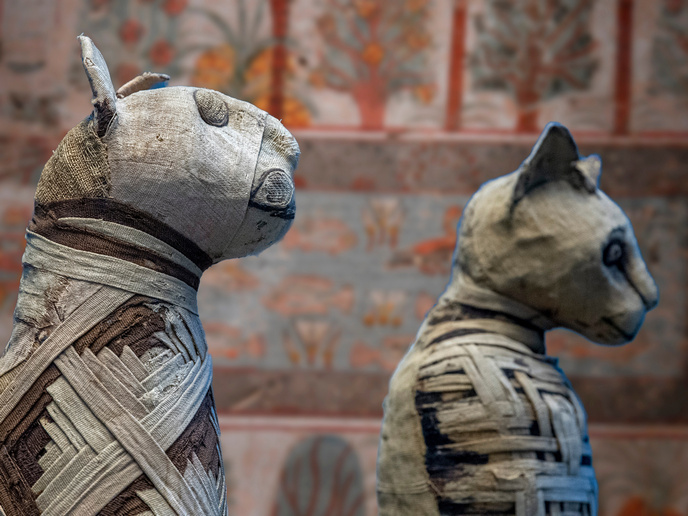Early warning of structural damage in historic buildings
Historic buildings are especially vulnerable to earthquakes and other natural disasters, having been undermined by events throughout their long past. Along with this vulnerability they share another characteristic: they are draughty. Frequently large spaces that are uninsulated, these valuable pieces of cultural heritage consume energy like hungry dinosaurs. But retrofitting existing buildings to make them seismically resistant, and at the same time energy-efficient, may be unaffordable for many. “That’s why researchers at the European Commission’s Joint Research Centre are exploring novel solutions to address both problems simultaneously,” says Dionysios Bournas, team leader of a research group working on this topic. Part of the group’s activities, the STRETCH project has explored a new system which integrates technical textile reinforcement with thermal insulation and strain sensors. “The result is an innovative way of retrofitting old buildings to boost energy efficiency while, at the same time, monitoring their structural health,” explains Bournas, the project’s coordinator. Beyond energy saving and running checks on how these old buildings are standing up to the test of time, STRETCH’s innovation could save lives. “We are considering historical buildings, with or without heritage value, that were constructed before seismic regulations were in place, making them extremely vulnerable to seismic risks,” explains the project’s principal investigator Michela Rossi, whose work was supported by the Marie Skłodowska-Curie Actions (MSCA) programme. “These make up most of the historical centres in regions at risk of earthquakes, such as the Italian Apennines ridge that crosses Italy from north to south. These buildings are particularly vulnerable to seismic hazards due to their poor-quality materials and weak structural details,” she adds.
Lightweight textile reinforcement for retrofitting
The proposed hybrid retrofitting solution combines high-strength lightweight textile reinforcement, made of carbon, glass, basalt, or natural fibres, such as flax. Additional insulation material or a heating system can be combined with the reinforcement to support energy efficiency. “The reinforcement is bonded to the building envelope using lime-based cements or geopolymers or other binders that are inorganic,” notes Bournas. Optical fibre sensors are stitched to the textile with an epoxy resin to assess strain. These are potentially able to detect not just strain but also temperature, pressure and other physical parameters. “The real-time data and insights provided by distributed fibre-optic sensors have the potential to transform the way we monitor and manage our infrastructure. Their high sensitivity makes them suitable for integration into complex internet of things systems to detect early warning signs of structural deterioration,” Rossi adds.
The mechanics of wrapping a sensor-filled textile around buildings
The sensor-filled textiles are applied to the buildings’ exteriors in combination with inorganic matrices, such as mortar coating, which stick to the masonry substrate and protect the textile and the sensors. The system’s final appearance resembles traditional plaster, preserving the building’s character, which is crucial for historical buildings. Rossi explains that during an earthquake, buildings built of stone or brick undergo both in-plane (force that is applied in a direction parallel to a wall) and out-of-plane (a force applied laterally, or perpendicular to a wall) loading. The team tested stonemasonry walls to determine the effectiveness of retrofitting systems under both loading conditions. “The retrofitted walls exhibited a significant increase in both maximum load and displacement capacity compared to the unstrengthened walls. The energy behaviour of the retrofitted walls was evaluated numerically by performing a heat-transfer analysis demonstrating a considerable increment in the thermal performance of the walls,” Rossi notes.
A tested retrofitting concept ready for deployment
The project’s findings will be available through open access scientific and technical publications, including journals and conference proceedings. They should interest many target groups: the public, broader scientific society; the construction industry; policymakers, European technology platforms such as BUILD UP, and others. “We believe our results can be used to support the Renovation Wave initiative of the European Green Deal. The project also contributes to the preservation and renovation of our cultural heritage buildings, aligning with the principles promoted by the New European Bauhaus initiative,” says Bournas.
Keywords
STRETCH, historic buildings, earthquakes, retrofitting, energy efficiency







